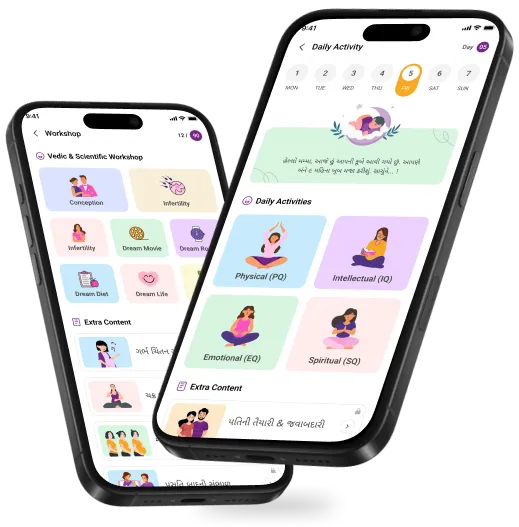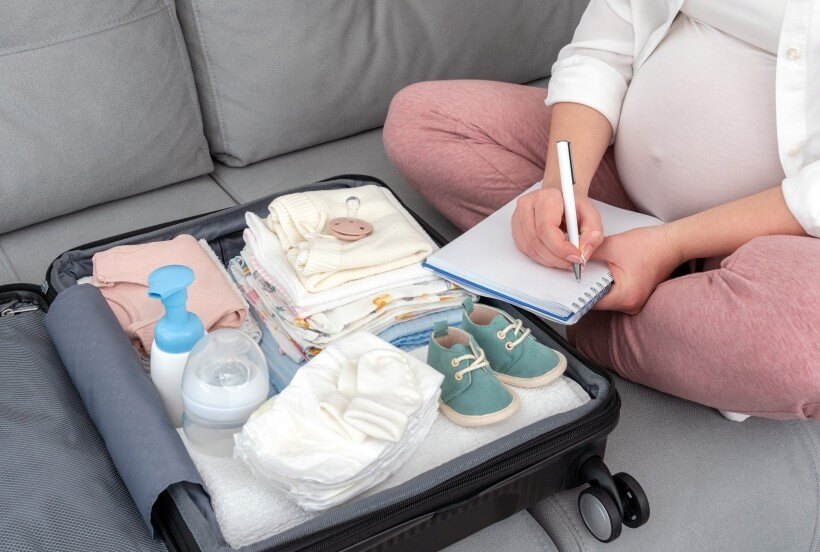Intrauterine insemination (IUI) and invitro fertilization (IVF) are the two most popular infertility therapies. However, these approaches differ greatly from one another.
What is IVF (In-Vitro Fertilization)?
IVF is a technique in which the eggs of a female patient are surgically extracted from the ovaries and fertilized in a laboratory with sperm from a male spouse or sperm donor to make embryos. (‘In-vitro’ means ‘in glass’, and it refers to the process of fertilizing an egg in a laboratory dish.) The embryo(s) produced are then transplanted back into the uterus to attain pregnancy.
This treatment is ideal for individuals with obstructed, damaged, or non-existent fallopian tubes since it allows doctors to bypass them. It takes only one sperm cell for each egg, allowing for adequate fertilization even in extreme male infertility situations. In general, IVF is the most common treatment.
Why does IVF needed?
- Failure of a woman to conceive even after having unprotected sex for one year after marriage.
- Absence of menstruation irregularly in a woman.
- Formation of less than average quantity (15-20 per ml) of male sperm is incapable of impregnating the female.
- Older age of man and woman.
- Tumour in the uterus of a woman.
- PCOS (Polycystic Ovarian Syndrome) in a woman: In this condition, the woman's hormone level decreases. Eggs cannot develop in a woman's follicle suffering from this disease.
IVF Preparation
The preparation period begins 2 to 4 weeks before your IVF cycle begins. Making simple lifestyle modifications to ensure your health is a part of it.
Your doctor may advise you to take some drugs to help regulate your menstrual period and makes the rest of the IVF process go more smoothly.
IVF Process
Step 1: Stopping Menstruation: In this process, first of all, by giving some medicines to the woman, her menstruation is stopped because it can hinder her pregnancy process.
Step 2: Increasing the supply of eggs: A few days before the start of the procedure, the woman is given fertility drugs to encourage more eggs to develop in her uterus. Their formation is monitored through ultrasound.
You'll be given an injection of ‘pregnancy hormone’, commonly known as human chorionic gonadotropin (HCG). This hormone encourages your ovaries to produce eggs.
Step 3: Egg retrieval: When the eggs are fully formed, you’ll have to be at the fertility clinic 36 hours after the injection, where your doctor will harvest or extract the eggs from your ovaries with special needles, a process called egg retrieving, which is done with the help of ultrasound.
Step 4: Mixing the Egg and Sperm: In this process, the developed egg is mixed with the sperm of the man; this is called fertilization. The embryos from these are preserved and monitored for 3to 5 days.
This is the time when you'll start taking progesterone. This hormone helps your womb prepare for a safe pregnancy and lowers your chances of miscarriage.
Step 5: Embryo Transfer: This embryo is transferred to the uterus of the woman who is to conceive.
Sometimes this embryo is preserved for future use, called embryo freezing. So that it can be used again when needed.
{{cool-component}}
Exercise while having IVF?
Many women who undergo IVF hesitate or stop exercising because they are concerned that working out could harm a prospective pregnancy. Not to worry, most women can keep up their fitness regimen.
Experts often advise you to keep up the good work, especially if you regularly exercise. If you have been exercising, have a healthy body mass index (BMI),and have a healthy womb, Experts say that you should maintain doing so.
Experts advise all IVF patients to limit their weekly running to 15 kilometers. Your knees will also appreciate it!
Experts claim Running interferes with our fertility more than any other form of exercise.
Experts explain that it might prevent the womb lining from thickening and divert blood from the womb to muscles and other organs when the reproductive system most needs it.
Which objects and substances are to be avoided during IVF?
The Endocrine Society has said these listed chemicals cause ‘significant concern to human health.’
Certain household products created with endocrine-disrupting chemicals (EDCs) may be worth throwing away or avoiding.
EDC disruptions affect Hormonal, prenatal development, and reproductive health. Also, they are not good for your general health. So experts recommend checking the products you use most and switching to more natural alternatives.
{{cool-component-1}}
Chemicals to stay away from
- Phthalates from Plastic, medication coatings, cosmetics with fragrances
- Dioxins from meat, dairy, art clay
- Brominated flame retardants from furniture, clothing, electronics, yoga mats
- Parabens, triclosan, and benzophenone from cosmetics & moisturizers soap
- Perfluorinated compounds from stain-resistant materials and non-stick cooking tools
- BPA and other phenols from food-packaging materials
- Formaldehyde from nail polish.
Last Words..
Everyone wants the process of conception to be natural. But when you are not getting results even after doing Ayurvedic, Homeopathy or all other treatments then IUI can be done happily. Please accept it before doing this process. And care for the following steps for better results.
- Take supplements, medicines and injections regularly as prescribed by the doctor.
- Take rest as advised.
- Keep your diet healthy.
- Do meditation regularly.
- Do Pranayama after consulting a doctor
Disclaimer: This blog is correct as per the writer’s knowledge. This is not a medical guidance. Follow as you are responsible for.












.webp)

.webp)





